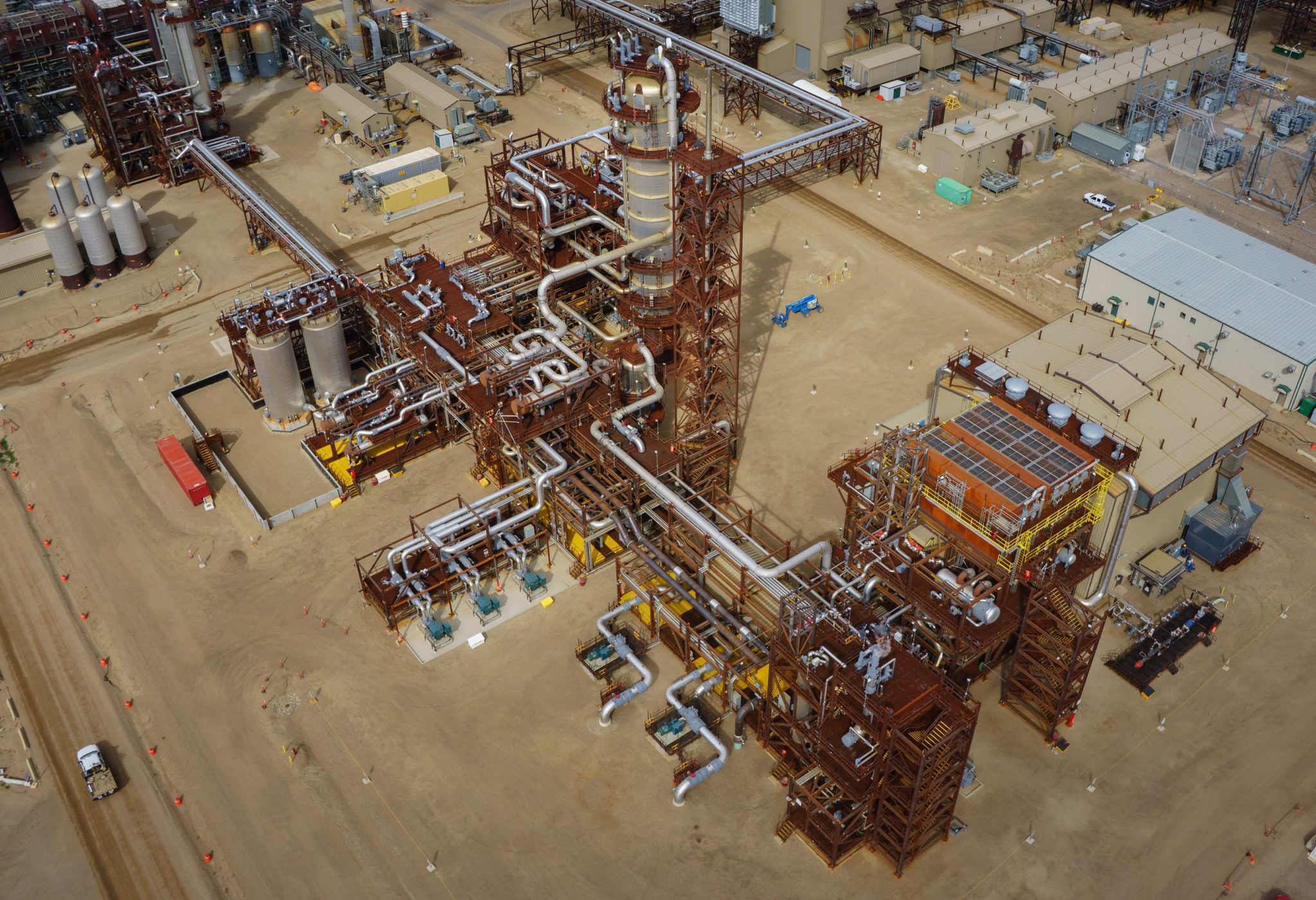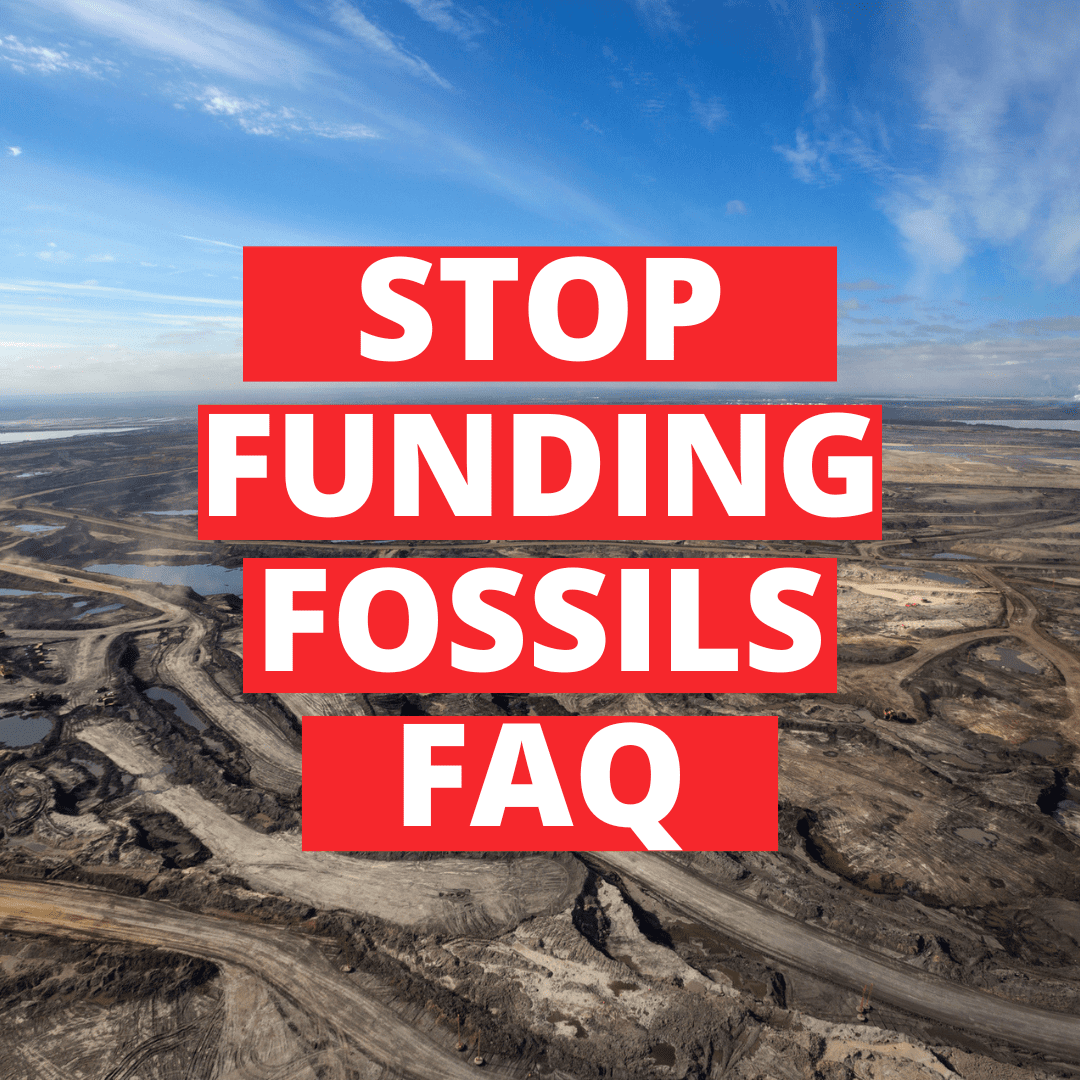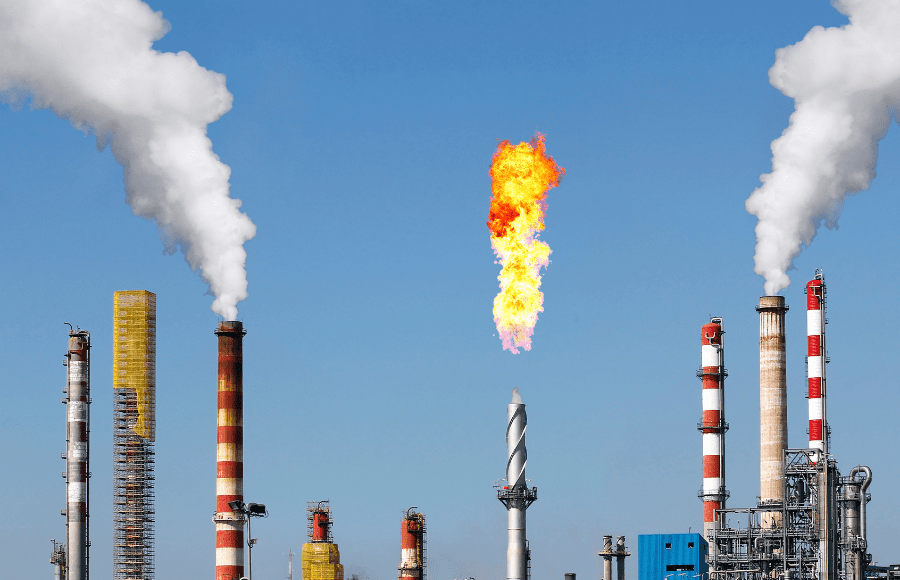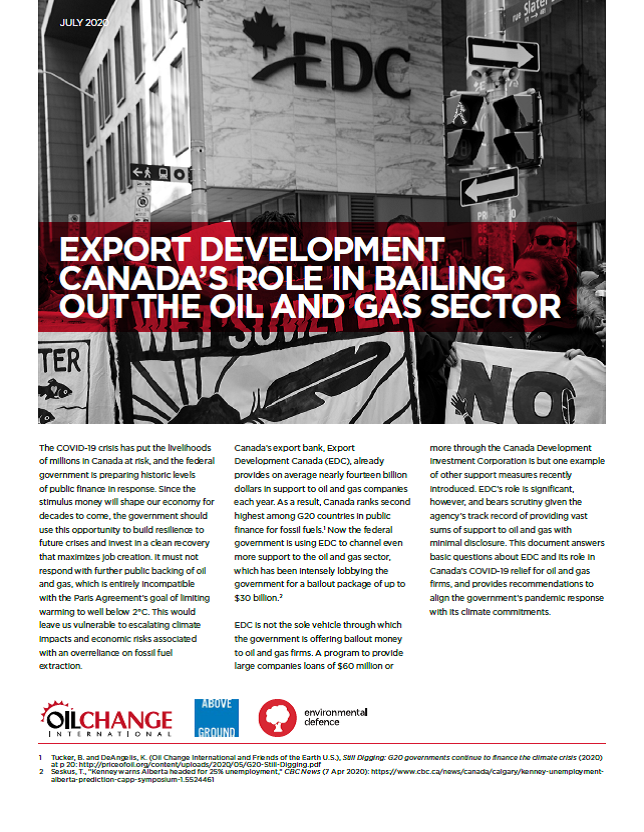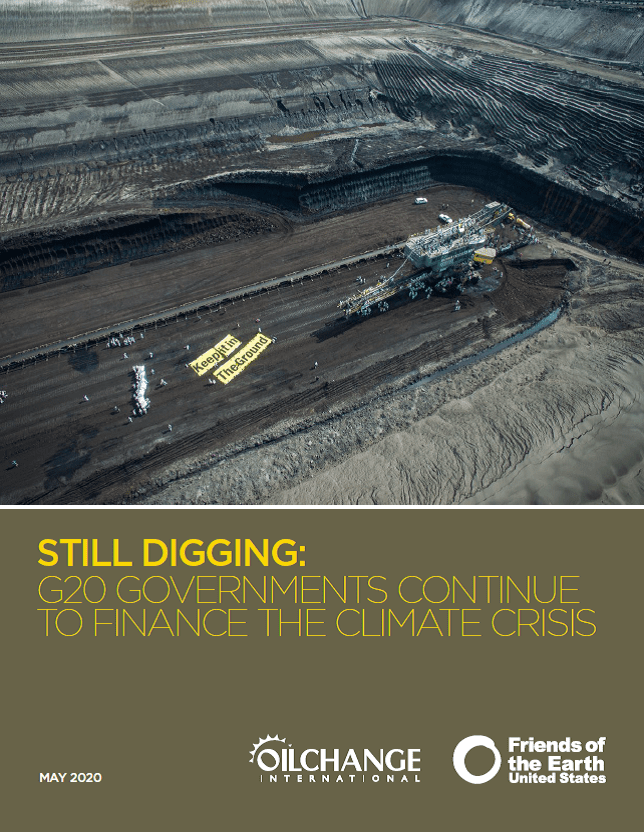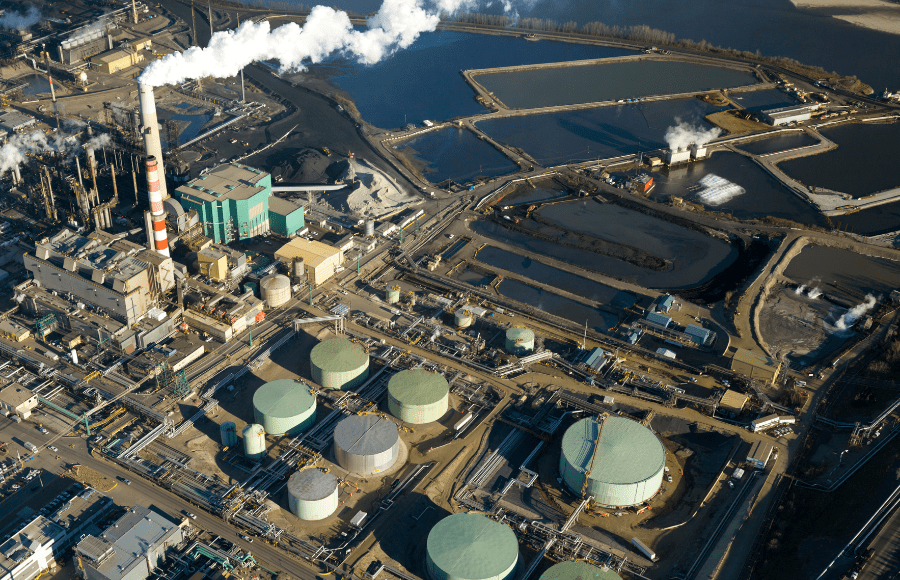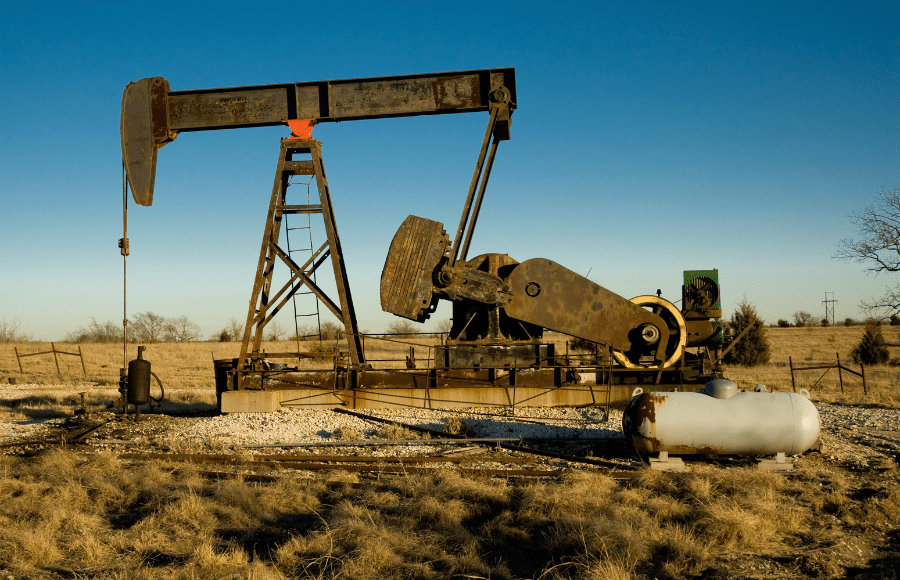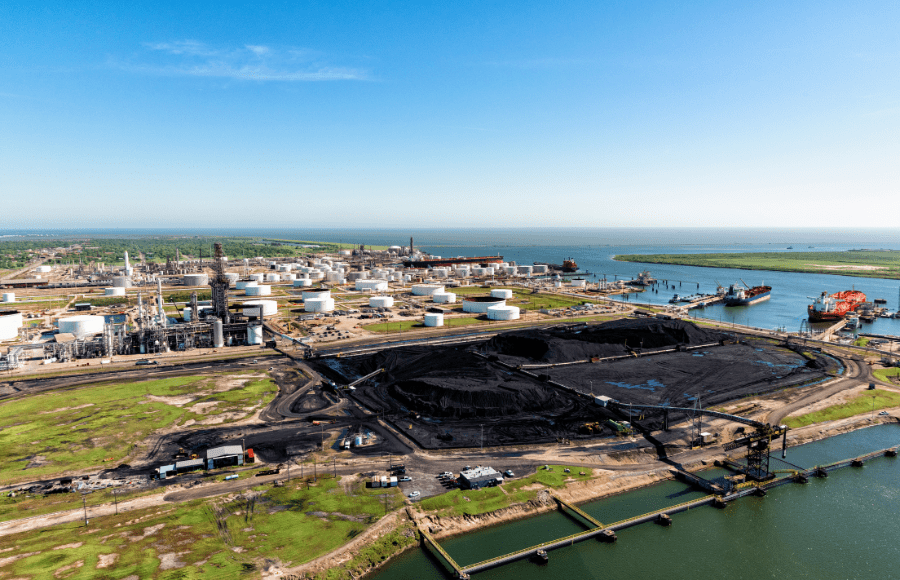
Every year, Canada’s federal government gives billions in direct subsidies, tax breaks and government-backed financial support to the fossil fuel industry. By making it cheaper to extract fossil fuels, these subsidies transfer public money to some of the richest companies in the world, contribute to climate change, and divert funds from programs that would benefit the public – like healthcare.
The table below is just what we can track – much of the information about the amount of the subsidy and how it was used was not publicly available.
2024 Federal Fossil Fuel Subsidies
Due to a lack of transparency and public reporting, tracking subsidies provided to the oil and gas sector by the Government of Canada and its agencies remains a difficult task. Federal tax deductions are not disclosed. There is no comprehensive inventory of direct spending by the government.
Given that this page only includes what was reasonably possible to track, this is likely an underestimate.
| Program | Description | Amount |
|---|---|---|
| Trans Mountain Pipeline | Financing for TransMountain pipeline made through the Canada Account, which is administered by Export Development Canada, but decisions are made by Minister Freeland. | $21 billion |
| Export Development Canada | EDC is a crown corporation that provides public finance for oil and gas projects, both in Canada and countries around the world. This figure includes $500 million in financing for Cedar LNG, $300 million for Enbridge US and $200 million for the Coastal GasLink pipeline. | $7.528 billion |
| Prairies Economic Development Canada | Promotes economic growth in Alberta, Manitoba and Saskatchewan. These funds went to oil and gas companies and projects. | $15.5 million |
| Carbon capture, utilization and storage stream (Energy Innovation Program, Natural Resources Canada) | This program provides $319 million over seven years into research, development, and demonstrations to advance the commercial viability of CCUS technologies. The number listed here will reflect spending that went to benefit oil and gas companies. | |
| Clean Fuels Fund (Natural Resources Canada) | This program provides $1.5 billion over five year for 'clean' fuel production in Canada. The number listed here reflects spending that went to benefit oil and gas companies, including for hydrogen. | $10.9 million |
| Net Zero Accelerator (Innovation, Science and Economic Development Canada) | This program provides $8 billion over 7 years to accelerate decarbonization projects with large carbon emitters and scale-up clean technologies. The number listed here will reflect spending that went to benefit oil and gas companies. | |
| Canadian development expense | Tax break Allows mining companies, including oil and gas, to claim expenses related to developing mines. The Parliamentary Budget estimates the impact of this tax credit for the fossil fuel sector was $1.251 billion in 2021 (the latest year numbers are available for). | Data not available |
| Flow through shares | Tax break. Will be phased out by 2027. Flow-through shares are an authorized tax shelter arrangement that allows a corporation to transfer certain unused tax deductions to equity investors. The Parliamentary Budget estimates the impact of this measure was $15 million in 2021 (the latest year numbers are available for). | Data not available |
| Foreign exploration and development expenses | Tax break Allows oil and gas companies to claim expenses related to exploring and developing fossil fuels abroad. The Parliamentary Budget estimates the impact of this tax credit for the fossil fuel sector was $16 million in 2021 (the latest year numbers are available for). " | Data not available |
| Accelerated Capital Cost Allowance for LNG | Tax Break This measure is set to expire in 2025. The Parliamentary Budget estimates the impact of this tax credit for the fossil fuel sector was $2.6 million in 2021 (the latest year numbers are available for). | Data not available |
| Canadian oil and gas property expenses | Tax break Allows oil and gas companies to claim expenses related to the cost of acquiring rights to explore for, drill or extract oil or natural gas, or to acquire an oil or natural-gas well or other resource property. The Parliamentary Budget estimates the impact of this tax credit for the fossil fuel sector was $349 million in 2021 (the latest year numbers are available for). | Data not available |
| Canadian exploration expenses | Tax break Allows mining companies, including oil and gas, to claim expenses related to determining the existence, location, extent or quality of a mineral resource, petroleum or natural gas in Canada. The Parliamentary Budget estimates the impact of this tax credit for the fossil fuel sector was $218 million in 2021 (the latest year numbers are available for). | Data not available |
| Canada Growth Fund | A $15 billion independent and arm’s length public fund meant to provide subsidies for clean energy projects. The amount listed here includes spending on CCS for oil companies. | $1 billion |
| Energy Innovation Program (Natural Resources Canada) | This program seeks to accelerate the development of technologies that can decarbonize industry. The subsidies listed here include spending on methane-derived hydrogen as well as CCS for the oil and gas sector. | $10.6 million |
| Investing in Canada Infrastructure Program (ICIP) - Green Infrastructure Stream | This program is meant to support greener communities by contributing to climate change preparedness, reducing greenhouse gas emissions, and supporting renewable technologies in Canada. The number listed here reflects spending that went to benefit oil and gas companies. | $7.3 million |
| Pacific Economic Development Canada | Promotes economic growth in British Columbia. | $1.2 million |
| Critical Mineral Research, Development and Demonstration Program | The amount listed here went towards fossil fuel hydrogen projects. | $1.4 million |
*that we can track
$29.6 billion




